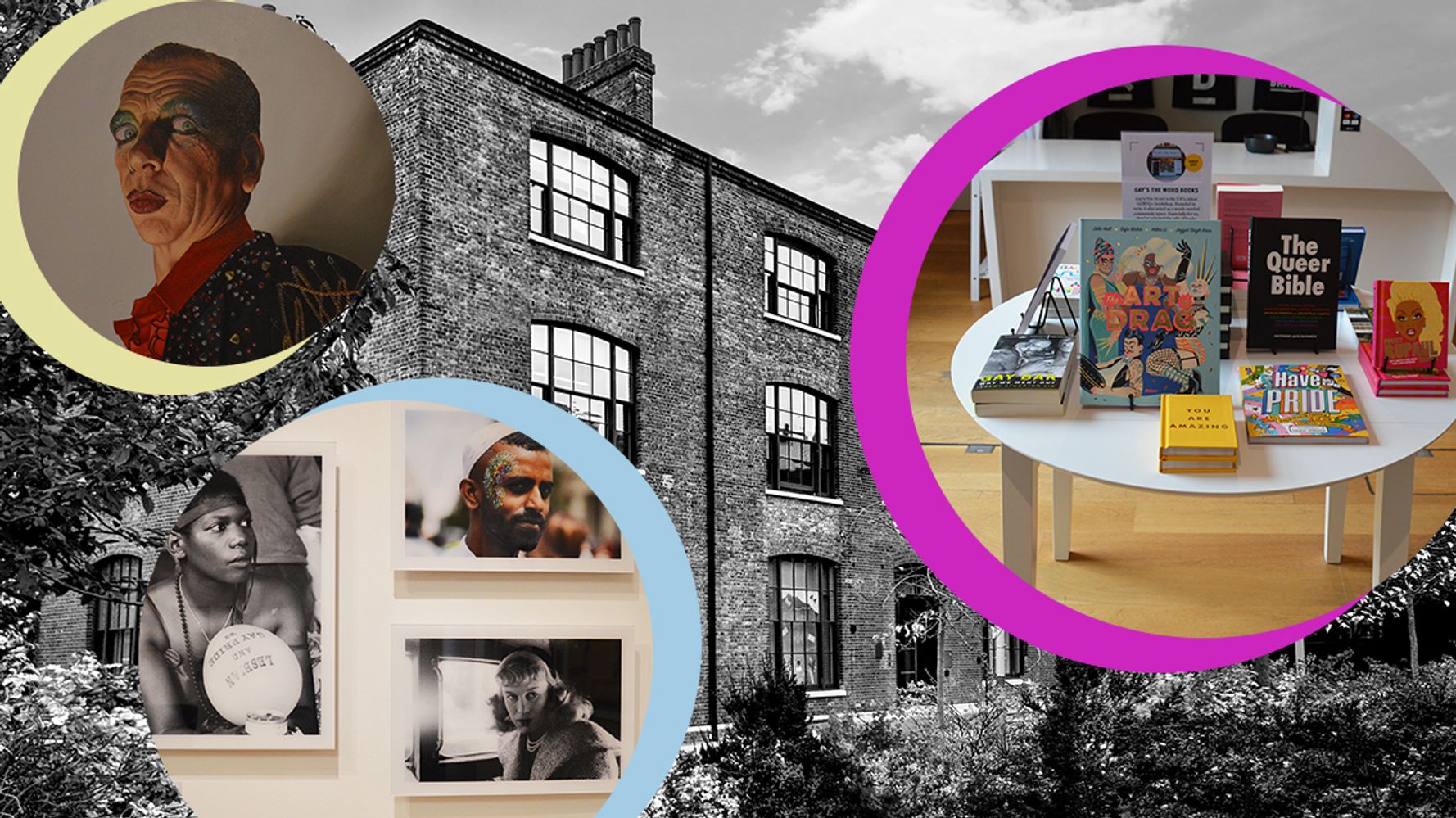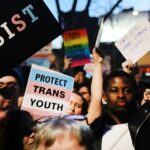Queer Britain Museum: LGBTQ+ Muslim History to be Showcased
The Queer Britain exhibit also explores the rise of islamophobia in post-9/11 Britain
Since opening its doors in May of this year, Queer Britain has put on an array of spectacular and thought-provoking exhibitions. Now, Britain’s first queer museum is diversifying its content by featuring exhibits dedicated to exploring the UK’s queer Muslim community.
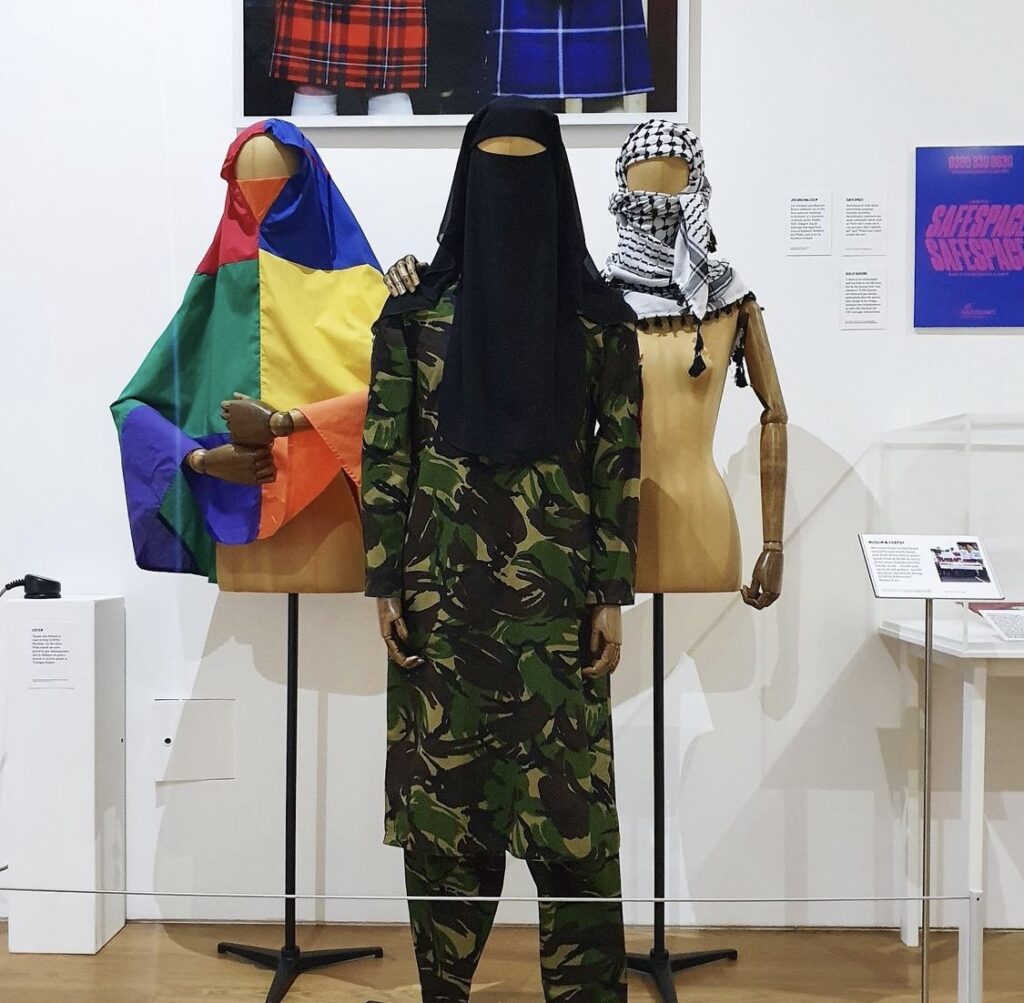
The exhibition (Pink News)
Queer Britain is a groundbreaking museum space that’s housed in stylish Kings Cross Granary Square. It’s Britain’s first space that’s solely dedicated to celebrating and sharing queer history and culture. The space is free to visit, and co-founder, Joseph Galliano aims for the museum to become as inclusive as possible.
Britain’s queer community is made up of many different cultures, ethnicities and religions – as is British society in general. As a result, Queer Britain is attempting to explore this patchwork of differences which makes up our wonderful community and society, with a range of exhibitions, starting with queer Muslims.
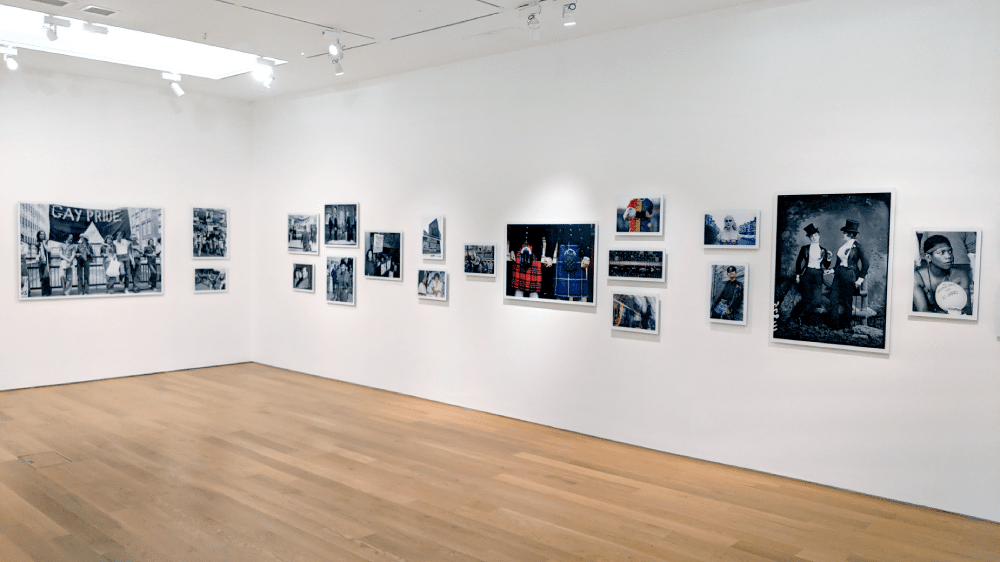
Inside the museum (Pink News)
The exhibition is in collaboration with Faizan, the co-founder of Imaan: the world’s longest-running LGBTQI+ organisation. It will feature a range of items, including a rainbow khimar hijab, a south Asian camouflage shalwar khaneez and a Palestinian keffiyeh. Faizan spoke recently to Pink News about the exhibition, in which they contributed three pieces, “My mum made two of the outfits, the shalwar kameez and rainbow hijab, so there’s a bit of personal history in there.” Faizan continued, “that was the first time that anyone had ever seen a rainbow hijab anywhere. My idea was to capture queer Muslim identity very quickly and very easily so people could see what was going on here. Put a rainbow flag on a hijab and bingo, we exist. We wore those on the 2005 Pride march, and then Imaan was invited to speak at Trafalgar Square.”
The exhibition arrives at the same time as South Asian Heritage Month and references the changing public opinion in the UK over the course of the 21st century. “They represent how after 9/11, in the face of growing Islamophobia, British Muslims including LGBTQ+ Muslims became politicised for the first time,” said Faizan. “Before that, Muslims were not really on the radar. There were just white people and non-white people. That was essentially the two big demographics in this country.” For Faizan, it’s personal, “The way that the newspapers talked about us, the way that we were represented on TV, had no nuance. Then when 9/11 happened, Islamophobia went from being a word that didn’t exist to being through the roof. Queer Muslims were getting stopped by the police and facing prejudice. Not just in straight communities, but even in gay environments like in clubs and bars, and even at Pride marches.”
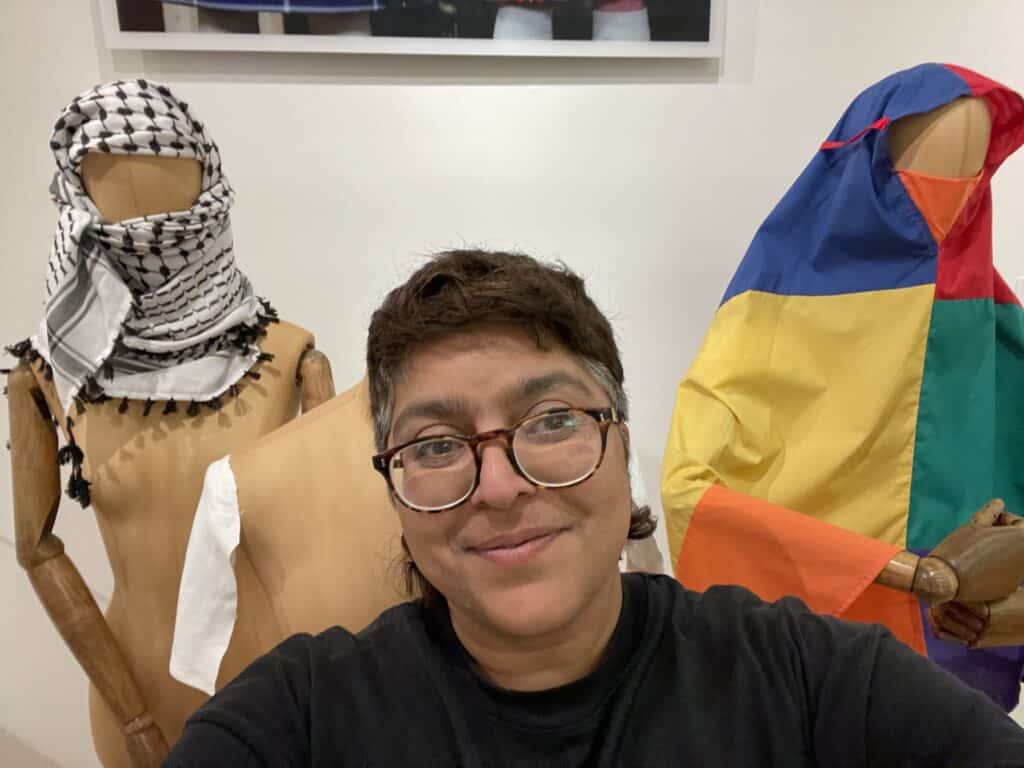
Faizan at Queer Britain (Pink News)
In the first few months since its opening, Queer Britain ran its inaugural show, We Are Queer Britain, which aims to showcase a collection of British queer art, activism and history. Now, Queer Britain is moving into the second phase of the museum, which aims to delve into the detail of queer Britons. Head on down to Granary Square, Kings Cross, and explore this exciting museum fresh with creative ideas.
For more information, visit here.

